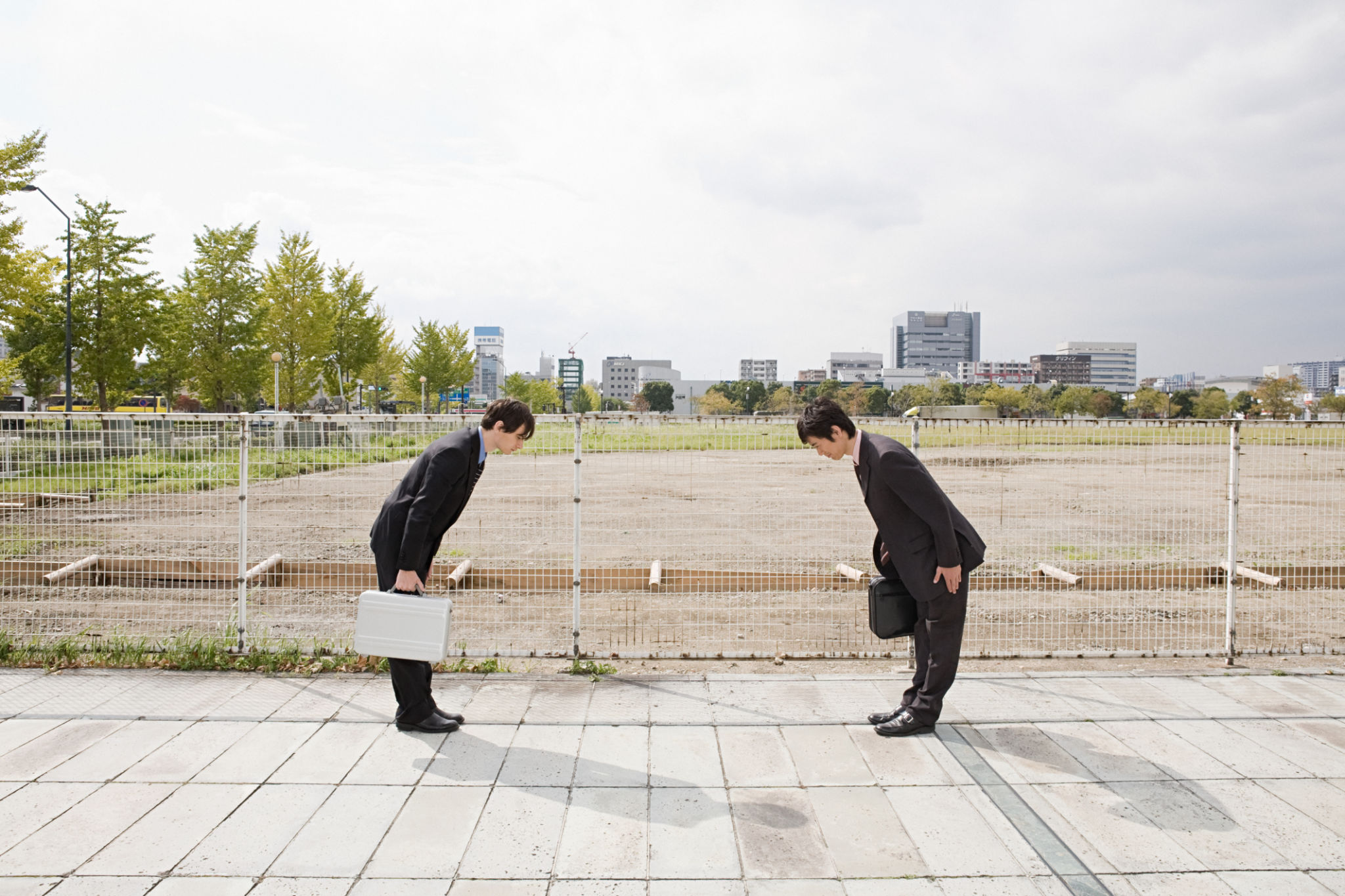The Role of BIM in Sustainable Construction Practices
The Importance of BIM in Sustainable Construction
Building Information Modeling (BIM) plays a crucial role in the transformation of the construction industry towards more sustainable practices. As the world shifts focus towards reducing environmental impact, BIM provides a powerful tool to design, plan, and execute construction projects with sustainability at their core. By integrating data and fostering collaboration, BIM helps to minimize waste, enhance energy efficiency, and improve the overall sustainability of a project.
One of the primary benefits of BIM in sustainable construction is its ability to streamline the design process. With BIM, architects and engineers can create highly detailed 3D models that simulate various environmental scenarios. This allows for more informed decision-making when it comes to material selection, energy use, and space optimization. The result is a more energy-efficient building with reduced carbon footprint.

Enhancing Energy Efficiency
BIM significantly contributes to energy efficiency by allowing for precise simulations of energy performance before construction even begins. By using BIM software, project teams can assess various design options and their impact on energy consumption. These simulations help identify potential areas of improvement, enabling adjustments that lead to reduced energy usage and operational costs over the building's lifecycle.
Moreover, BIM facilitates the integration of renewable energy sources into building designs. By simulating the placement and efficiency of solar panels or wind turbines, BIM assists in optimizing their placement for maximum benefit. This proactive approach ensures that buildings are not only efficient but also contribute positively to the environment.
Reducing Waste and Optimizing Resources
BIM also plays a pivotal role in reducing construction waste. Through its detailed modeling capabilities, BIM allows for accurate quantity take-offs and precise material ordering. This minimizes excess material purchases and reduces the amount of waste generated on-site. Furthermore, BIM supports just-in-time delivery of materials, ensuring they arrive exactly when needed and reducing storage and potential damage.

Another aspect where BIM shines is in resource optimization. By providing a comprehensive view of the project from start to finish, BIM enables better scheduling and resource allocation. This not only cuts down on unnecessary labor costs but also ensures that resources are used efficiently, aligning with sustainable construction goals.
Facilitating Collaboration and Innovation
Collaboration is key in any successful construction project, and BIM enhances this by serving as a shared platform for all stakeholders. Architects, engineers, contractors, and owners can work together seamlessly, sharing information and making real-time updates to the project model. This collaborative environment fosters innovation and ensures that sustainable practices are integrated throughout the project lifecycle.
BIM also supports the use of innovative construction techniques such as prefabrication and modular construction. By accurately modeling these components within a project, BIM reduces the risks associated with off-site construction methods. These techniques often result in less waste and faster project delivery, further promoting sustainability.

The Future of Sustainable Construction with BIM
As technology continues to evolve, the role of BIM in sustainable construction will only grow stronger. The integration of artificial intelligence and machine learning with BIM holds promise for even more efficient design processes and smarter buildings. As these technologies mature, we can expect BIM to play an even greater role in shaping a sustainable future for the construction industry.
In conclusion, Building Information Modeling is not just a tool for visualizing construction projects; it is a fundamental component in achieving sustainability goals. By enhancing energy efficiency, reducing waste, optimizing resources, and fostering collaboration, BIM is paving the way for a greener future in construction.
